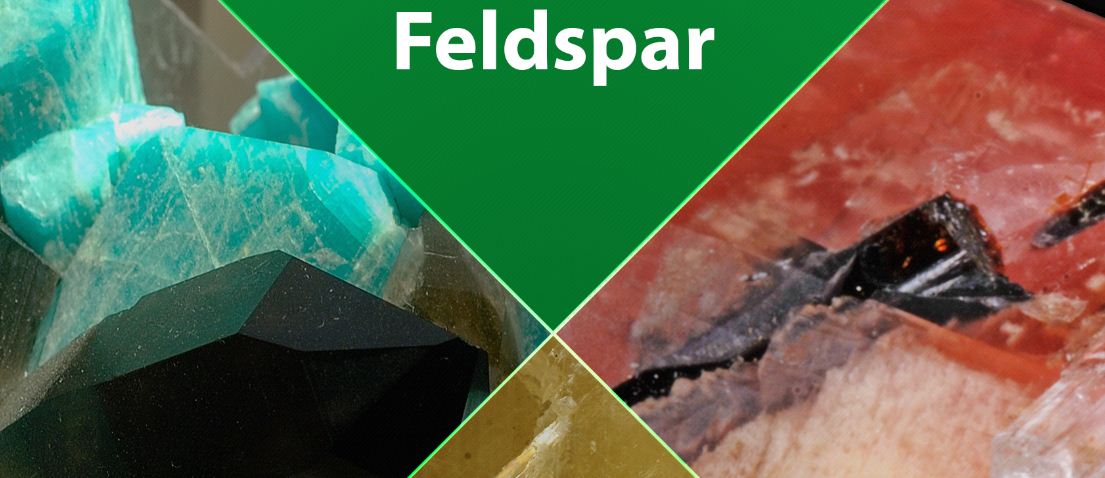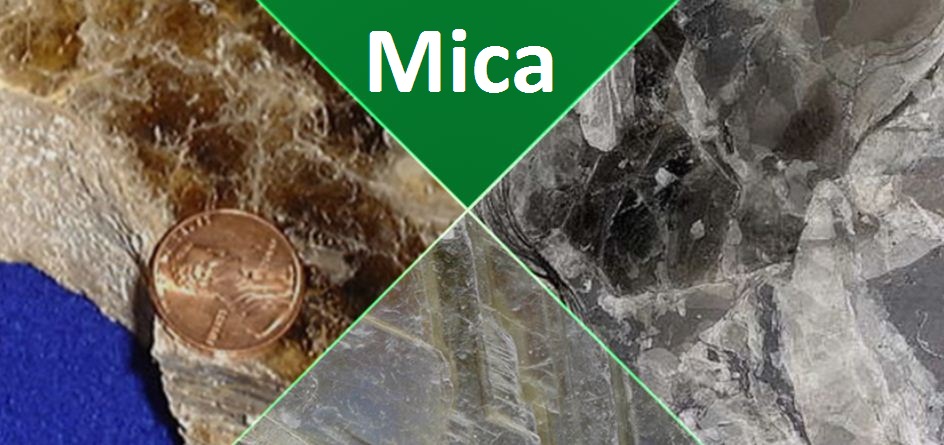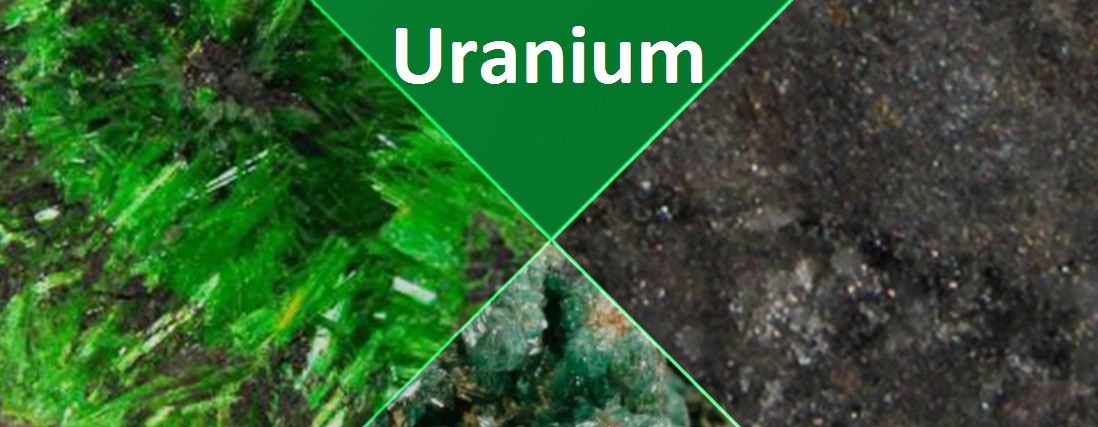Syenite Mineral Rich States In Nigeria And Uses
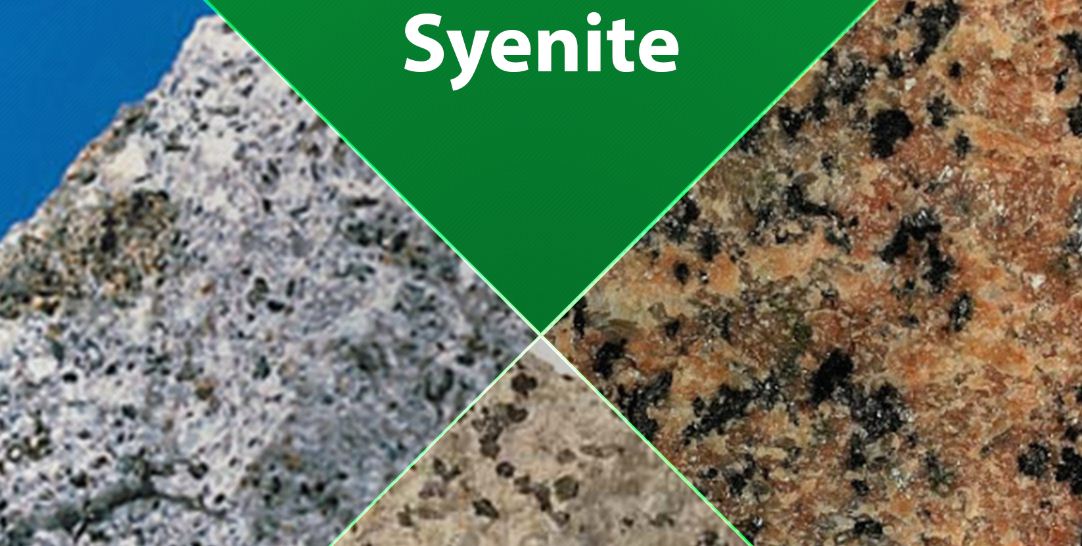
The word Syenite may not be common like Gold, Copper, and Lead in Nigeria, West Africa but it is one of the naturally found mineral resources that possess almost the same look like granite and can be mistaken for granites sometimes.
The mineral deposit of Syenite in Nigeria is in small quantity and can be seen in Ekiti State. It is characterized as an igneous rock with a coarse-grained structure similar to that of granite.
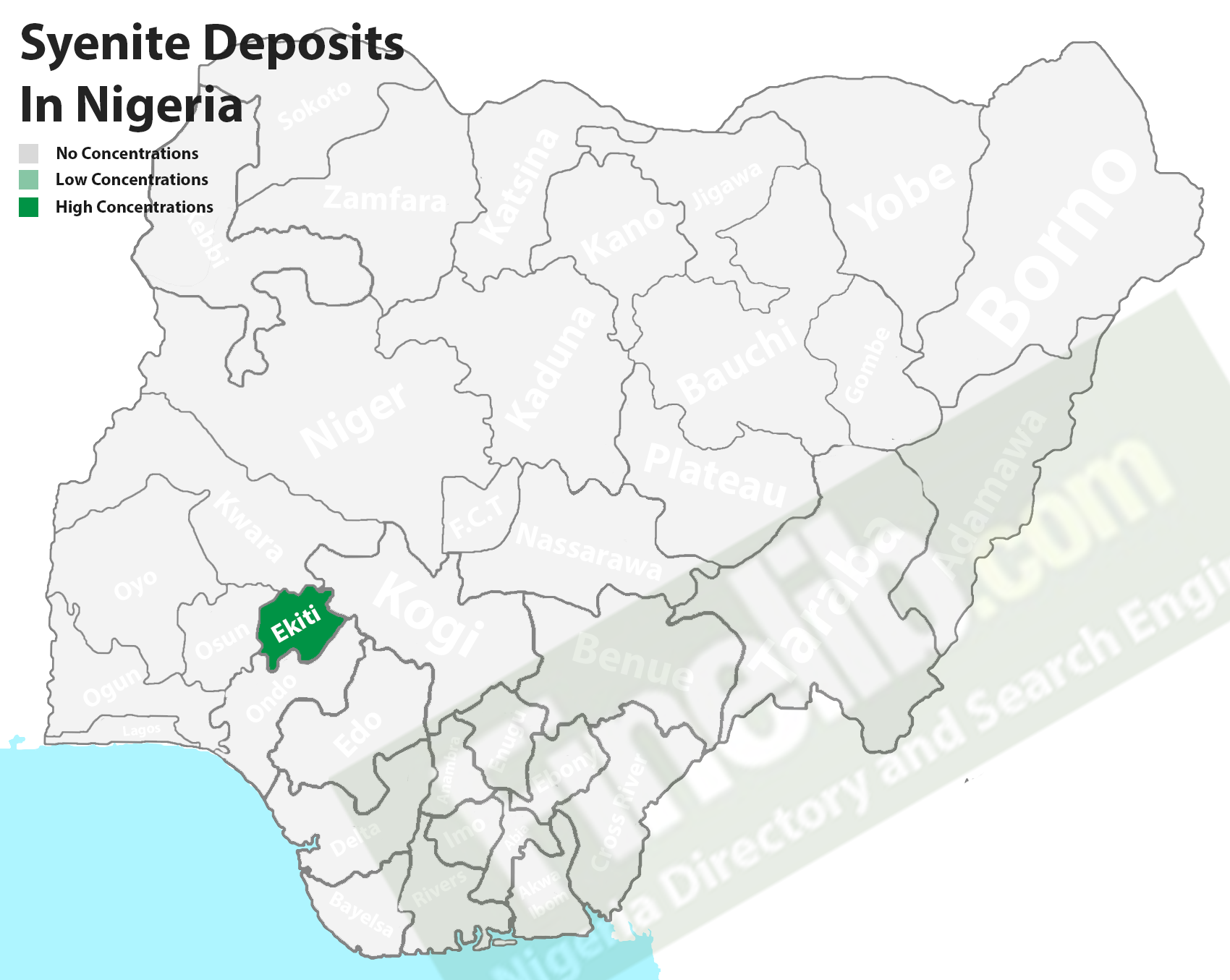
Syenites are composed of alkali elements like feldspar, also ferromagnesian minerals, and earth-alkali elements mainly potassium, sodium, and calcium.
To get a syenite, the igneous or granitic rock is partially melted to a relatively low degree; this is because of the presence of potassium, calcium, and sodium, which will melt away respectively as the temperature degree gets higher which leaves behind plagioclase, granite, adamellite and nepheline syenite.
During the low-temperature melting, anorthite crystals may likely in a larger volume precipitate from molten magma and gradually settle and bond as it cools down leaving behind the remaining melt particles which have silica in a very low concentration. The separation of the silica away from the melt increases the possibility of syenite forming.
The mining of Syenite in Nigeria may not be enough for exportation to other African countries or internationally but it will help the indigenous industries to have an access to more industrial raw materials as it is one of the primary needs of the building and construction companies in Nigeria.
Uses of Syenite
- Syenite, like granites, is used in buildings, bridges, paving, monuments, etc., either as a crushed stone or aggregate.
- It is also used in tile floors, countertops, stair treads etc when it is cut into tiles and slabs.

